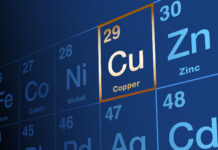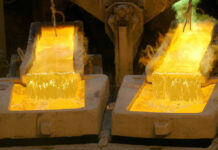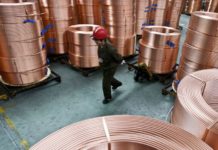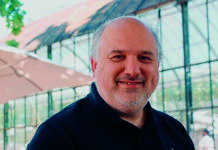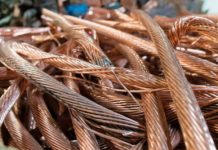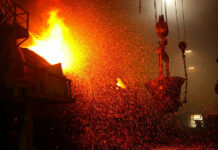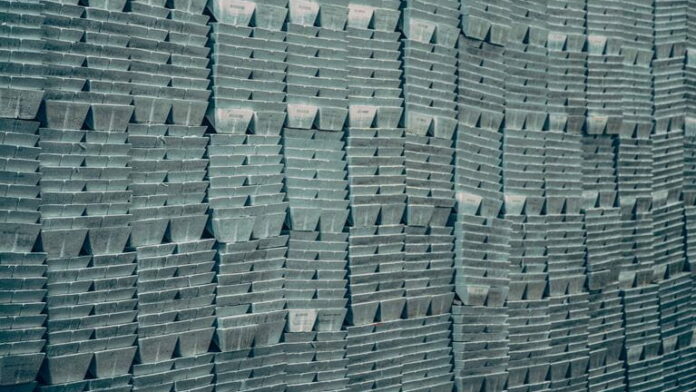
SIBANYE-Stillwater is to take a 19.9% stake in tailings re-treatment operator New Century Resources – a transaction that adds zinc to its portfolio of minerals and extends its geographic footprint to Australia.
The purchase will be through a placement of new shares by New Century Resources to Sibanye-Stillwater which will then subscribe for shares in terms of a planned rights offer. All in all, the share placement and rights offer subscription will cost Sibanye-Stillwater $46m which will be funded from cash.
Even for a company as acquisitive as Sibanye-Stillwater, the last 10 months have been highly active as it chases down minerals with application to electric car batteries and renewable power such as lithium and copper.
On Tuesday, it unveiled the $1bn capture of two mines owned by UK fund management firm, Appian Capital Advisory – the Santa Rita nickel mine and the Serrote copper project, both situated in Brazil. This brought spending through merger and acquisitions for the year to $2bn following the earlier purchase of lithium projects in the US and Finland and nickel processing facilities in France.
New Century Resources bought mined out zinc operations in 2018 and adapted their processing facilities to profitably produce 128,000 tons of the metal in its 2021 financial year, placing the company in the top ten of zinc producers, said Sibanye-Stillwater.
The company is now seeking to buy additional resources and has earmarked the Mt Lyell copper operations. Sibanye-Stillwater said it intended walking with New Century Resources as it set about extending its reach – a process akin to the South African firm’s 50.1% investment in DRDGOLD, a gold tailings retreatment company.
Sibanye-Stillwater will buy New Century Resources shares at 15.5 Australian cents apiece. In terms of Australian takeover regulations, exceeding a 19.9% stake triggers a mandatory offer to shareholders. The transaction would be concluded by year-end, said Sibanye-Stillwater.
Neal Froneman, CEO of Sibanye-Stillwater, said during the presentation of the firm’s Santa Rita and Serrote deal that the company intended to press on with its acquisition strategy, partly in an effort to dilute the discount applied to its South African gold and platinum group metals exposure.
He said today: “We are pleased to partner with New Century Resources in this exciting next phase of their growth at Mt Lyell and support their vision of growing their Tailings Management advisory service business model globally, to produce green metals and address environmental legacy issues.”
Country risk discount
The political risk discount in Sibanye-Stillwater’s share price means the company will continue to target acquisitions in Europe and North America, said Froneman on Tuesday.
“One of the valuation issues we suffer is the very high level of earnings that come out of a risky environment in South Africa. That is changing very fast. We are becoming much more international and that would bode well for a market that perceives us differently.”
Sibanye-Stillwater reported a mammoth R24.8bn in headline earnings for the six months ended June largely from platinum group metals production in South Africa.
“I don’t think we’ll improve perceptions related to risk if build a portfolio of assets in Africa rather than other destinations where there is a perceived lower risk,” said Froneman.
“We are not anti-Africa at all, but our focus is on the Europe and North America regions and their supply chains into them. Once we have got a substantial base, we will look to do more in Africa,” he said.
Sibanye-Stillwater said in September that it had targeted earning a third of profits from battery metals such as lithium. Froneman said the company was close to achieving this with the Santa Rita and Serrote deals.
Santa Rita would contribute 16,000 tons a year of nickel equivalent over an initial seven year life of mine. Serrote is an open pit operation to be conventionally mined over a 13 year life. It has been developed at a cost of $195m to produce an average of 20,000 tons of copper equivalent annually.






